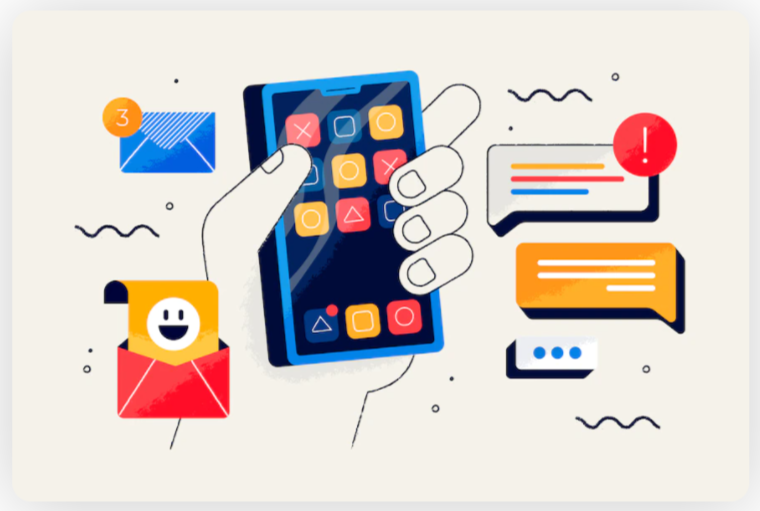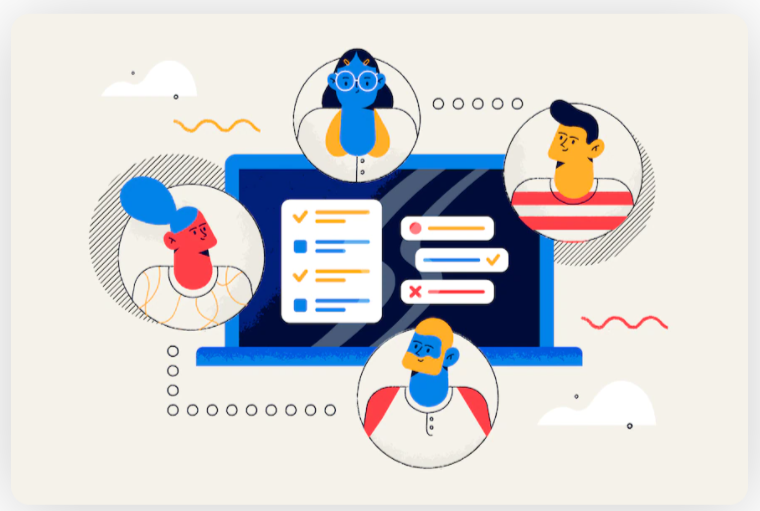How to Design a Landing Page That Converts by Freepik
The essential goal of landing pages is to convert visitors into customers. Marketers, designers, and copywriters work closely together to achieve leads and conversions.
The difference between a website's homepage and a landing page is the information they gather and its purpose. Where homepages share general information about the business, landing pages seek an intention from the visitor. It can be to offer a new subscription plan, download a freebie, or to sign up for a newsletter.
Whatever it is the purpose of your landing page, make sure it sticks to just one. One of the most common mistakes is to ask visitors to do many things at the same time.
Below we tell you how you offer your visitors the right information they were looking for and convert them to customers.
Purpose
Determine the purpose of your landing page. What do you want users to do at it? Are you offering a new subscription plan? Are you launching a campaign to obtain new users? Or do you just release new functionality and want people to discover? After answering these questions, you'll get the main purpose of your landing page and you'll be able to adjust it seamlessly.
Tip: Landing pages can only serve a single purpose. Don't try to fill your page for two different things. The more you try to sell the fewer chances of getting leads.
photo: freepik
Copy
Creative and original copywriting is a must. Write a compelling headline and subheading to attract readers to your product. Keep it simple and use no more than 10 words to achieve a great performance to avoid confusion on your visitors. Apart from a creative headline, there are other relevant aspects related to copy that will determine the success of your landing.
One of them is the Unique Value Proposition. The UVP is what you offer and it's also what sets you apart from the competitors. And it should be seen throughout the texts of your landing page. Outline the benefits of your service and reduce it to the minimum, just a few powerful words will have more impact on your users. Another aspect you have to bear in mind is SEO and keywords. This will determine the success of your landing page, do research of the most-used keywords related to your business and competitors, and make sure to include them. Finally, regarding text and copy, grammatical errors or typos cannot happen. Would you trust a company that contains spelling mistakes in the first sentence you read from them? It's a simple and easy thing to do, just spell-check your landing page before it's too late.
Visual content
The visual content is one of the key aspects when designing landing pages. An eye-catching image or video of your product or service that perfectly matches the copy will help you drive conversions. The images must relate to the copy to have a greater impact, and should go with the brand's personality.
Check out freepik resources, whether you opt for photographs or illustrations, we get you covered! Browse collections to refine what you are looking for and make your landing page visuals stand out!
photo: freepik
Use of color
The first thing that visitors will see is colors. First impressions matter, so make sure the color palette you choose matches the overall purpose of the landing page and is nicely picked. From the images or illustrations, you'll use the background color or the CTA button. This aspect has to be carefully picked in order to achieve harmony throughout the site. Make the most of colors and its psychology, depending on your product or service, the emotion you'll want to evoke, or the brand's personality. To know more about color psychology, check out this useful guide. (amelia's post)
CTA
A Call-to-action is needed to convert our visitors into leads. Subscribe, sign up, apply now, free trial, these are some of the most used CTA actions businesses use to convert visitors. They should always appear above the fold and the size, color or form are aspects to have in mind. They should be bold and striking, they are action-oriented so they need to stand out from the rest of the text. The button color should be in line with the whole site but the ones that report better results are orange and green.
Responsive design
Today, more than ever, we interact with phones and tablets more than with the computer itself, so thinking the mobile UX design first is not a crazy idea. Make sure your landing page looks good in all devices, as most users navigate the internet while on their smartphones, so it would be a mistake to not include them in your strategic plan. From filling a form to signing up for a new service, you should make visitors' life easy, or you will lose all chances of converting them into customers.
photo: freepik
Benefits
This is your chance to list all of your features and benefits. Keep your benefits in bullet points in order to make it more visual and appealing. Tip: Some businesses offer a freebie in exchange for the email information. Think of what your visitors would really want, is it a free guide, a checklist, make this an opportunity to get some information about your users!
Testimonials
Providing testimonials from happy customers can improve the chances of getting newcomers. And it can be reassuring for the ones who are doubting. That testimonial can come in a video format, tweet, or quotes. With "What our users say" section you'll be more likely to trust. Potential customers are always checking reviews, so don't hesitate to include it in your own landing page. They won't have to leave the site to check it.
photo: freepik
Keep it simple
Most of the time, less is more. And for landing pages, it surely applies. Remove the navigation menu and any other unnecessary distraction from the site. You'll get more chances to drive conversions.
On a landing page, we should keep everything we can above the fold. If you are unfamiliar with the term, it refers to the web content we see when a site loads, if we need to scroll, that would be below the fold. For that reason, the information should be clear and direct.
A/B Testing
This is the final step for your landing page. After doing the hard work you may find your landing page not working how you expect it to. Why? Well, customers may not find it attractive or trustworthy enough to complete the journey. A/B testing allows you to compare two versions of the same landing page, change the headline or subheadline, or the color of the CTA, and get the results of which performed better .
author: Victoria Martinez
source: Freepick
When you subscribe to the blog, we will send you an e-mail when there are new updates on the site so you wouldn't miss them.






